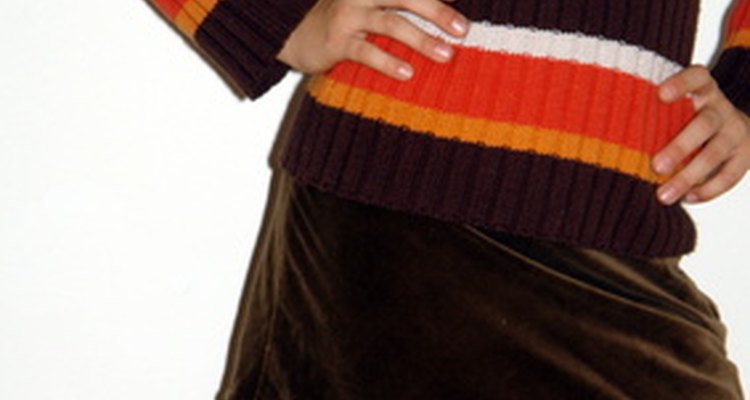
The frocks and pinafores of early 1900s school clothing differ largely from the common clothing children wear to school today. Younger boys commonly wore dresses in European fashion and both boys and girls clothing were made out natural materials. Understanding the types of fashion for children's school clothing in the early 1900s in Europe can provide an education and appreciation for how clothes are constructed for today's school children.
Cloth
A wide selection of natural fabrics were used for children's school clothes in the early 1900s. Fabrics like linen, cotton, wool and silk were used to create both boys and girls school clothing. Children from wealthier families tended to wear clothing that was more delicate and finer in nature. You could see school-aged girls dressed in voile silk or embroidered muslin frocks in the early 1900s. Young boys dressed in tunics with long stockings or bloomer pants made out of stiffly starched fabric. Older boys dressed in knitted knee-socks and flannel trousers that fell to the knee with coordinating flannel jackets.
Design
School clothes changed from stiff and unmanageable clothing from around 1905 to more comfortable and lenient wear for children in Europe. Girls wore frocks with full skirts, decorated with embroidery or ruffles around 1905. By 1920 the fashion changed, and girls commonly wore a gymslip type uniform. This uniform was developed with a knee-length, pleated, jumper dress which was worn over a white blouse. A sash or ribbon completed the uniform and was tied around the waist.
Boys dressed like miniature adult men in the beginning of the 20th century with the exception of pants. A boy commonly wore a little suit jacket over a ruffled blouse with knee-pants and long stockings. Occasionally a silk scarf or tie graced the neck of a young boy's outfit. The uniform for school boys changed little; by 1920 the cut of jackets and shirts were straighter. Less fabric was involved, which allowed boys to move more freely.
Shoes and Legwear
Both boys and girls wore stockings during their school-aged years in this time period. Girls wore both knee-length socks and full-length stockings. Boys commonly wore knit knee-length socks. Girls dressed in light or white colored stockings in early 1900s, but by 1920 they wore dark colored stockings that matched their jumpers.
Girls and boys of this time period wore leather shoes with little to no heel. Boys occasionally wore knee length leather boots. School shoes were designed to be functional and universal to whatever outfit was worn.
Hats and Head Coverings
Girls were decked out in large hats in the beginning of 20th century. The hats were designed to block the sun and were commonly decorated with ribbons and embroidery. If indoors, a girls hair was adorned with satin bows or ribbons. Boy's either went bare headed or wore a sailor hat, or small cap with their uniform. Toward the 1920s boys commonly wore a wool cap with a small visor or brim. The school's logo or crest was added on the front of the cap or it was worn plain.
Related Articles

What Did Teenagers Wear in the '60s?
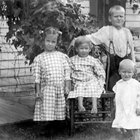
Children's Clothes in 1915
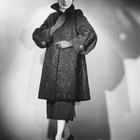
1958 Men's and Women's Dress Styles
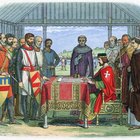
Kids' Clothing During the Medieval ...
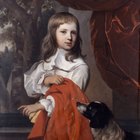
Children's Clothes in the 1600s
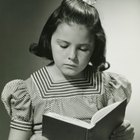
1930s School Clothes
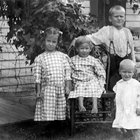
Children's Clothing From the 1920s

School Uniforms in the 1940s

What Teenagers Wore in the 1940s
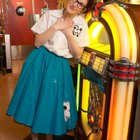
School Clothes for Girls in the 1950s
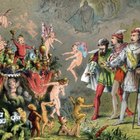
What Did Men Wear During the ...

Children's Clothes in 1910

How Did Teenagers Dress in the '60s & ...
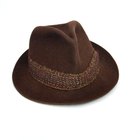
1950s Gangster Clothes
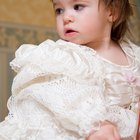
Children's Clothing of the 1800s
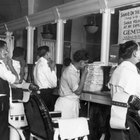
Men's Fashion of the 1930s

What Do Women Pirates Wear?

1950s Clothes for Children
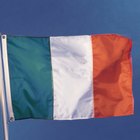
Irish Clothes of 1850

How Much Is an Average School Uniform?
References
Writer Bio
Alyssa Ideboen has been writing professionally since 2005. She has contributed to several print and online publications, including "Lexington Woman" and "Global Business" magazines. Ideboen holds a Bachelor of Arts in business management and communication from Judson University.
Photo Credits
kids clothing image by Nenad Djedovic from Fotolia.com